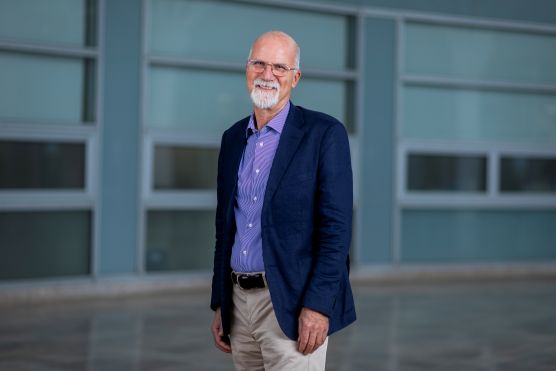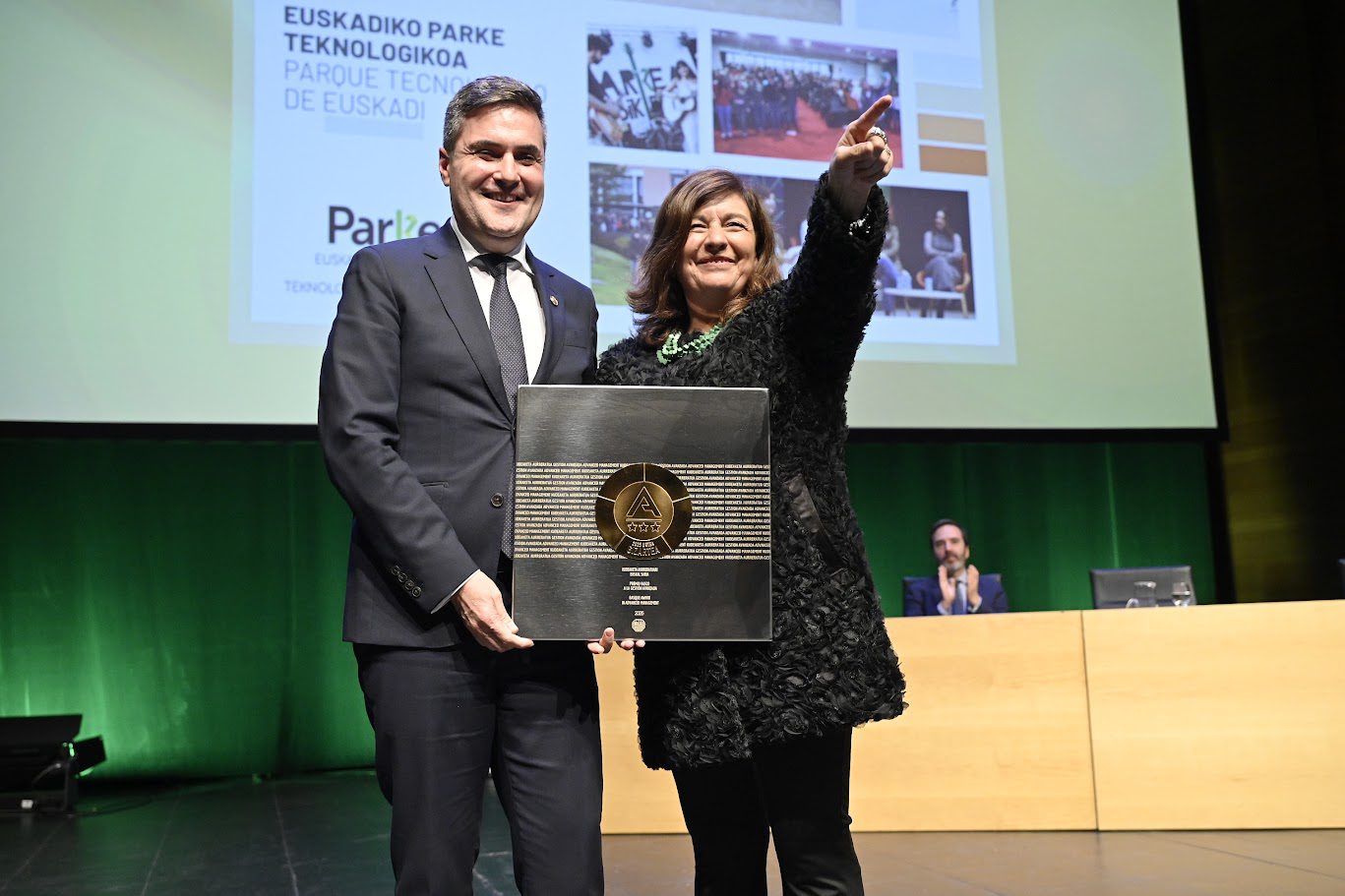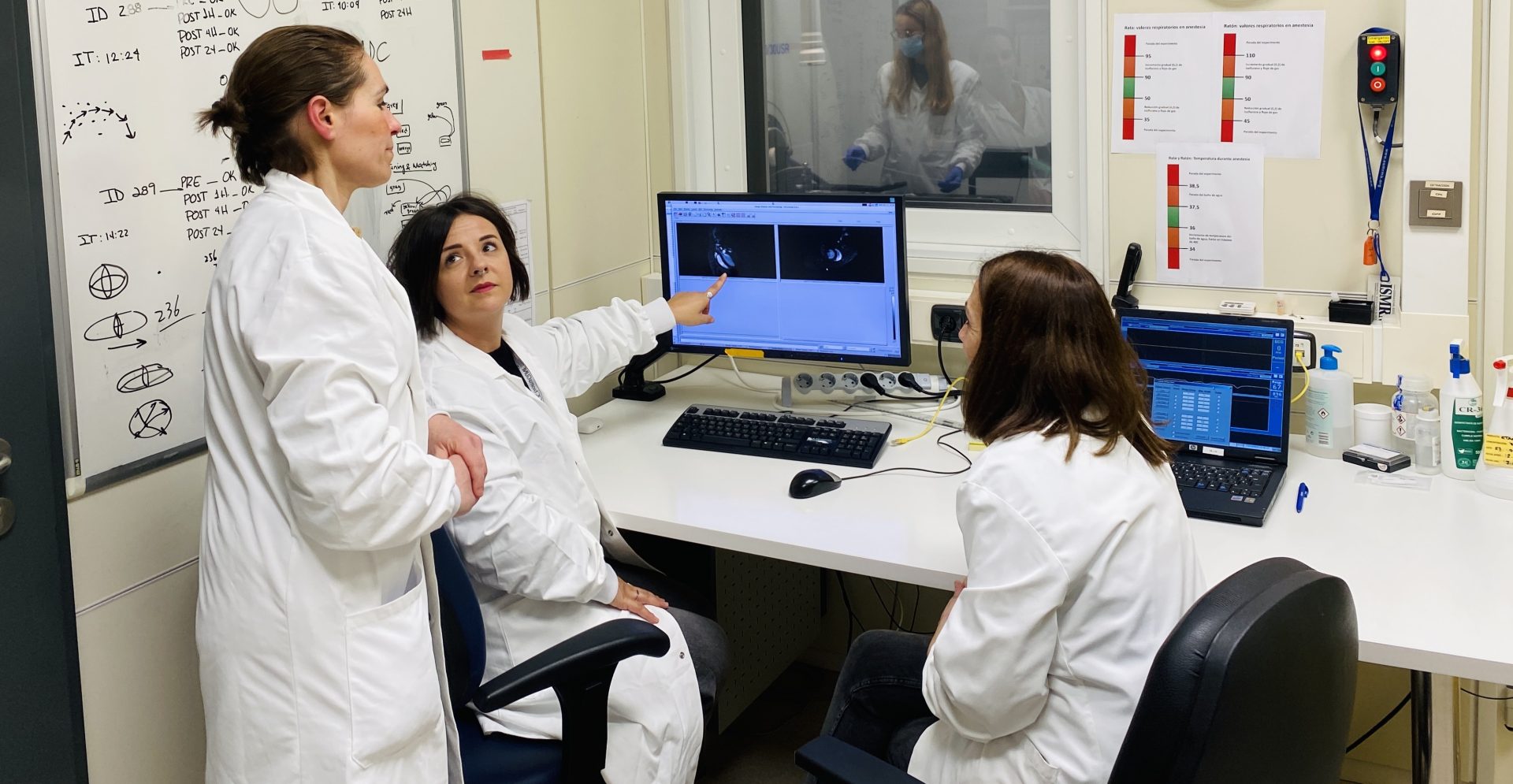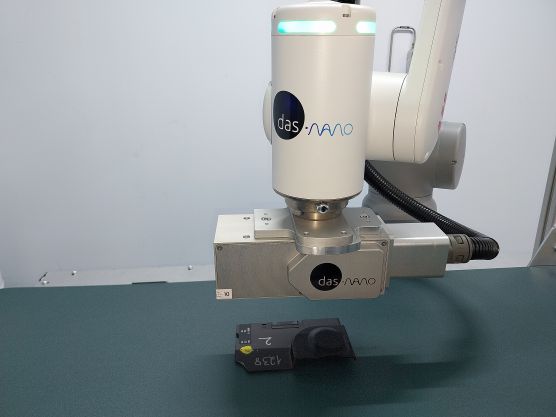The chemist who has succeeded in converting carbon-based nanomaterials into materials with biomedical and energy applications

Maurizio Prato, considered one of the most influential scientists in the field of carbon nanostructures and molecular nanosciences, receives the BRTA 2025 lifetime achievement award.
Prato’s scientific achievements could be used to cure spinal injuries and provide clean energy
Carbon is the building block of life, as it is the basis of the molecules that make up living things, such as proteins, fats, carbohydrates and DNA. In addition, carbon can be used in the laboratory to obtain nanoscale materials such as graphene, carbon nanotubes and fullerenes, structures composed of layers of a single carbon atom thick in the shape of a sheet, a tube and a football, respectively.
Maurizio Prato succeeded in making modifications to these carbon nanostructures, thanks to a chemical reaction that bears his name, which made it possible to transform materials that are very difficult to treat into materials for multiple applications. This pioneering discovery has enabled his team and many others to develop a wide range of biocompatible and sustainable materials. Maurizio Prato (Lecce, Italy, 1953) is an Ikerbasque professor and AXA professor at CIC biomaGUNE, where he directs the Carbon Bionanotechnology Laboratory.
The authors of an article published in Chemistry – A European Journal, one of Europe’s leading chemistry journals, argue that Professor Prato’s ‘remarkable contributions to the field of organic chemistry applied to nanoscience’ focus on ‘innovative, controlled and reproducible protocols to transform these materials into useful and functional materials for sensing, catalysis (acceleration of chemical reactions), drug delivery, neurosciences and energy-relevant technologies’. They add that ‘the formidable tools of Prato chemistry have definitively transformed the outlook for the fabrication of organic nanomaterials. The next revolution in materials science is being shaped by Professor Prato’s creativity.
Regenerative nanomedicine, sustainable light management and the photosynthesis of the future
The CIC biomaGUNE professor encourages the exploration of different lines of research in an interdisciplinary environment, which has led to breakthroughs and opened up many lines of research in fields such as biomedicine and energy transition.
Among his lines of research is the design of carbon nanotube materials that could help patients with spinal cord injuries in the future by facilitating nerve regeneration. His proposal to use carbon nanotubes as regenerative neural prostheses has been recognised with a first European Research Council (ERC) Advanced Grant (2008-2013, endowed with 2.5 million euros) and an AXA Research Grant (2016-2026, endowed with 800,000 euros). Nanotube implants have restored motor function in rats, and the project is currently in the preclinical phase.
The Prato group has succeeded in defining how to synthesise luminescent carbon nanopoints, thus producing a new form of nanocarbon, with applications in sustainable light management technologies. Thus, in 2021, Professor Ikerbasque received a second ERC Advanced Grant (2.5 million euros, 2021-2025) to study these carbon nanopoints: spherical nanoparticles composed mostly of carbon, with applications in bioimaging, diagnostics and catalysis.
In addition, it has recently obtained a proof of concept grant (ERC Proof of Concept) that combines the aforementioned projects; with this grant, the aim is to obtain, using carbon nanopoints, precise images of the anatomical connectivity of the nerves thanks to the nanotubes implanted inside the injured spinal cord.
Another aspect in which Prato’s contribution is noteworthy is one of the most ambitious goals of today’s scientific community: artificial photosynthesis. These are processes that, inspired by natural photosynthesis, seek to use solar energy to produce other types of energy in a clean and efficient way. Since 2010, Maurizio Prato has taken a novel approach to redesigning photosynthesis using new materials to overcome its natural obstacles by creating highly functional nanointerfaces. Prato’s nanomaterials have been instrumental in mimicking the natural process of photosynthesis, establishing a new paradigm for the production of solar hydrogen and the conversion of carbon dioxide into useful chemical compounds.
The US National Academy of Inventors (NAI, p. 38) considers Professor Maurizio Prato ‘instrumental in the design and synthesis of tailored carbon nanostructures for bionanotechnology applications and for solar energy conversion and storage. His contributions have improved our understanding and control of the chemistry of carbon nanostructures, which is key to technologically relevant applications.
His career is replete with awards and recognitions, including the Ciamician-González Prize of the Spanish Royal Society of Chemistry (2008), the Mangini Gold Medal of the Italian Chemical Society, Organic Chemistry Division (2009), the Blaise Pascal Medal of the European Academy of Sciences (2013), the Natta Gold Medal of the Italian Chemical Society (2014),
UU. (2019), the E-MRS ‘5-Year Materials Impact Prize’ (2023), the Raffaele Piria Medal of the Italian Chemical Society (2024). In addition, Maurizio Prato has been appointed member of the Italian Academy of Lincei (2010), of the European Academy of Sciences (2013), of the Academia Europaea (2015), of the Venetian Academy of Sciences, Letters and Arts (2018), of the US National Academy of Inventors (2021), of the Royal Academy of Exact, Physical and Natural Sciences of Spain (2022) and honorary member of the Academia Gioenia (2025). Prato has also been a professor at the University of Trieste.




